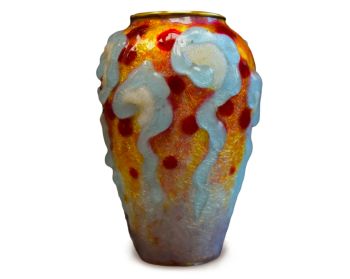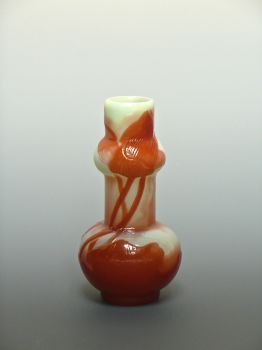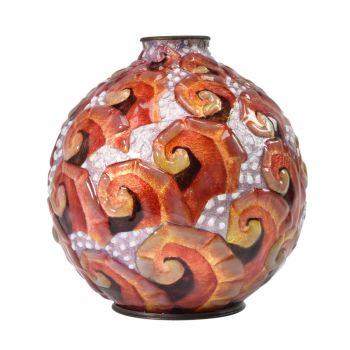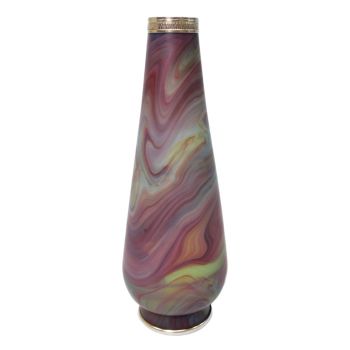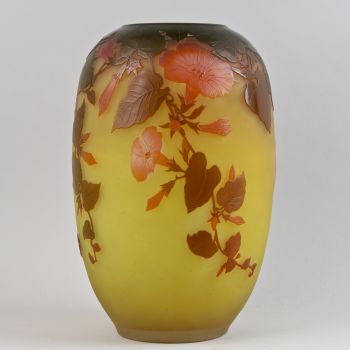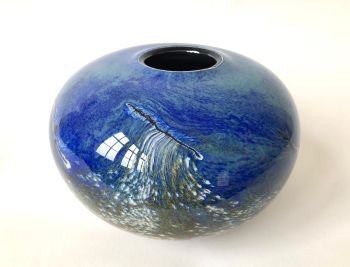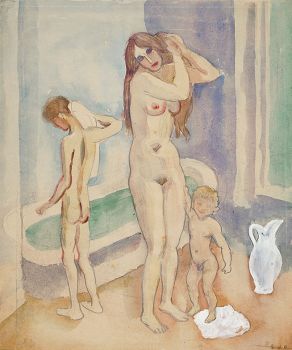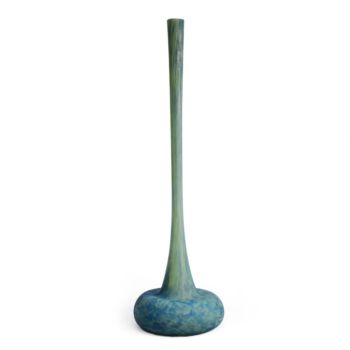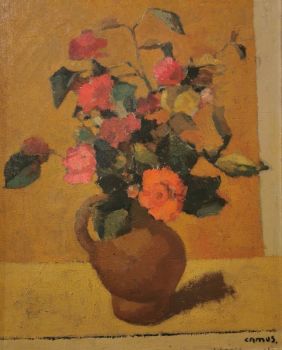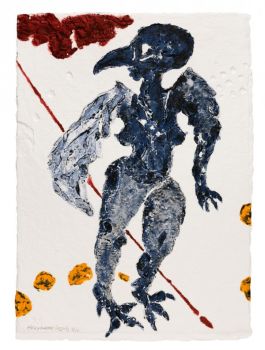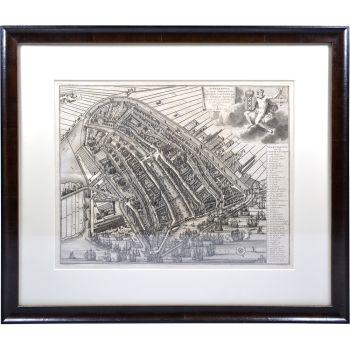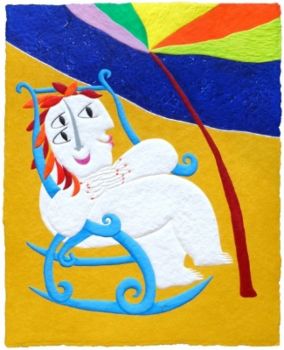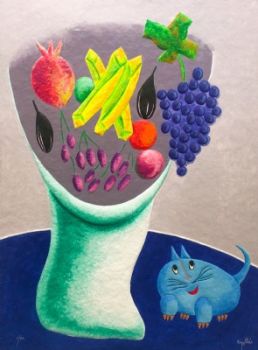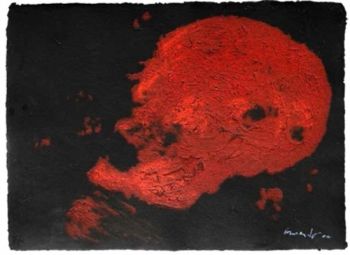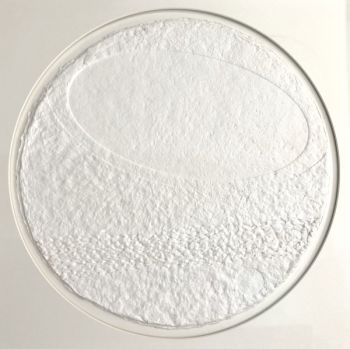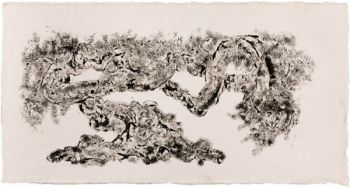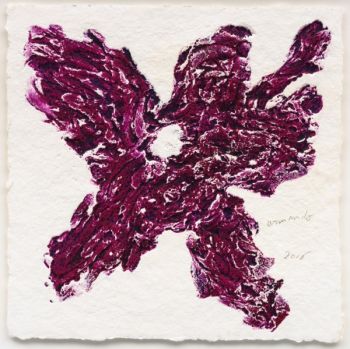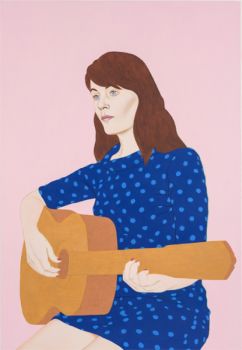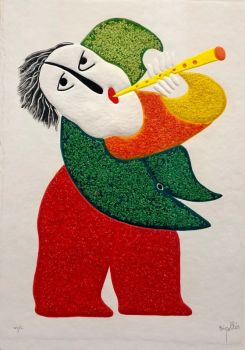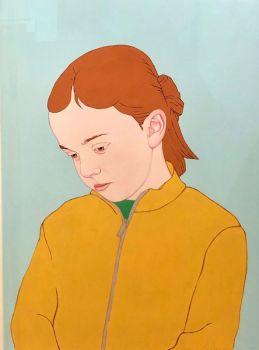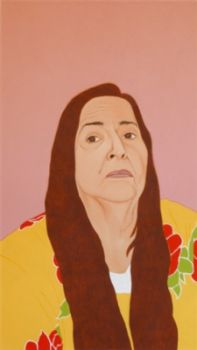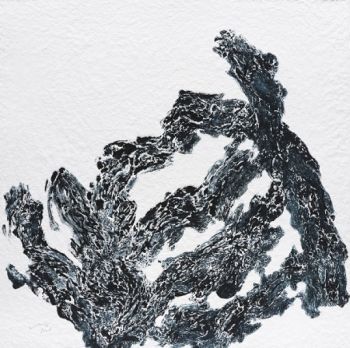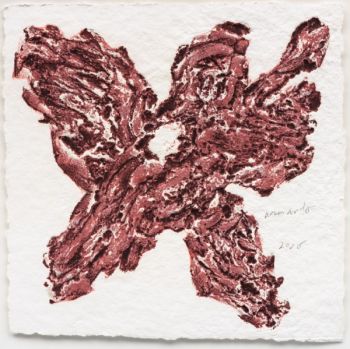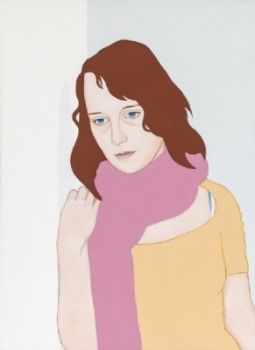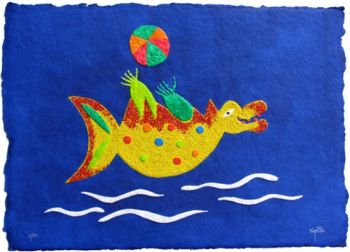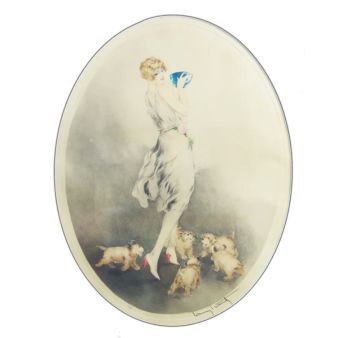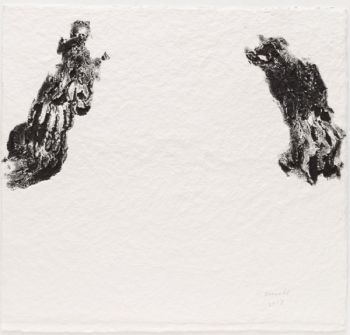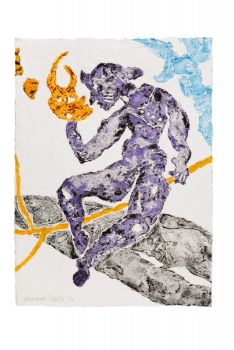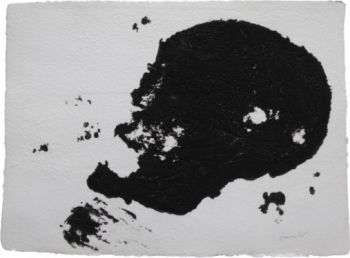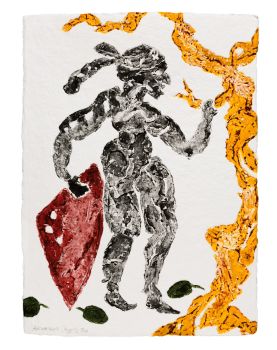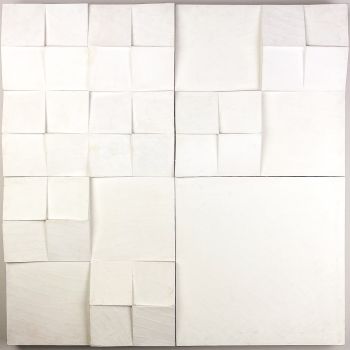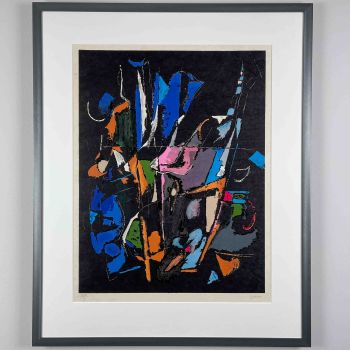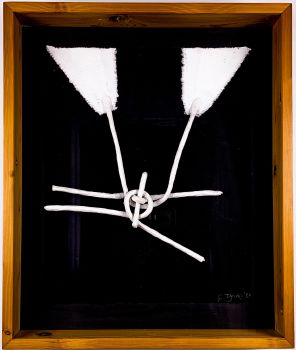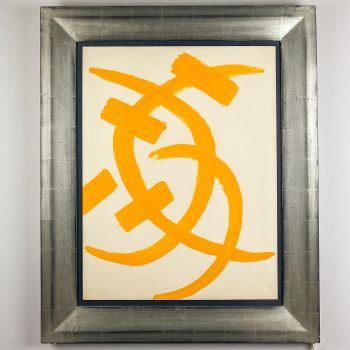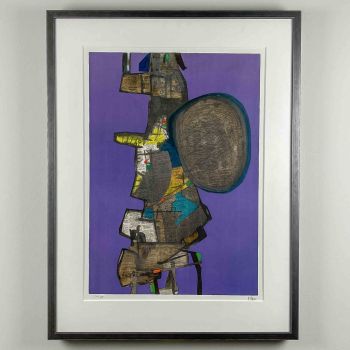A crystal Art-object Model 3551 – Iittala Finland 1957 1957
Tapio Wirkkala
ImprimerCristalGravureGemme
22 cm, ø 5 cm
ConditionVery good
€ 525
Van Kerkhoff Art
- Sur l'oeuvre d'artA turned mold-blown crystal Art-object / Vase with vertical cut lines. This Art–object is model 3551 in the oeuvre of Tapio Wirkkala. It was designed in 1952 and hand made by the craftsmen at the Iittala glassworks in Finland in 1957.
The inspiration for this model – like most of Wirkkala’s designs – came from Nature. Like the “Cantharel” and “Boletus” – designed by Wirkkala in the same period – this model resembles a wild mushroom.
These art-objects were made between 1952 and 1960 in one size only. And this is a fully marked and dated example in good condition.
About Tapio Wirkkala
Tapio Wirkkala (1915 Hanko, Finland – 1985 Helsinki, Finland) A giant of Finnish design, Wirkkala was an artist of great diversity for whom no material was alien and who left no area of design unexplored. Neosin Neosin
A glass design competition held by the Iittala glassworks in 1946 was the event that set his career in motion; the first prize went jointly to Wirkkala and Kaj Franck.
With an oeuvre that ranges from exceptionally beautiful pieces of glass art to industrial design in the form of beer bottles and banknotes, Wirkkala also designed jewellery, sculptures, and furniture.
The recipient of many awards, honorary titles, and a doctorate, Wirkkala won three Grand Prix medals at the Milan Triennale in 1954 and an additional Grand Prix medal and gold medal at the Milan Triennale in 1960.
Marked
Signed in diamondpen underneath the base: Tapio Wirkkala – Iittala 57 (1957)
Execution
Iittala glassworks, Finland, 1957
Condition
This Art object is in good condition, Some minor scratches underneath the base consistent with age and use. No cracks or chips.
Literature
Marianne Aav, Tapio Wirkkala eye, hand and thought: p. 302
Dimensions
Height 22,2 cm
Diameter 5,25 cm
Weight 276 grams - Sur l'artiste
Tapio Wirkkala (1915-1985) était un génie du design aux multiples talents, largement considéré comme une figure de proue de l'art industriel finlandais moderne. Le vaste portefeuille de Wirkkala s'étend du verre, du mobilier et de la conception de produits à la sculpture, à l'urbanisme, à l'art, au graphisme et même à la création de billets de banque pour le Trésor finlandais.
Tout au long de sa carrière incroyablement productive, Wirkkala a reçu de nombreux prix, dont trois médailles d'or à la Triennale de Milan, le prix Lunning, la médaille Pro Finlandia et la médaille Prince Eugen.
En 1946, Wirkkala remporte son premier prix de design dans le cadre d'un concours parrainé par Iittala qui marquera une relation à vie avec des effets durables sur sa carrière et sur l'entreprise. En tant que directeur artistique d'Iittala, la vision artistique unique de Wirkkala a contribué à établir la réputation mondiale de l'entreprise.
Tout au long de sa carrière légendaire, l'artiste au talent unique a créé plus de quatre cents objets en verre pour Iittala, dont beaucoup, comme les séries Ultima Thule et Tapio, restent populaires aujourd'hui.
Êtes-vous intéressé par l'achat de cette oeuvre?
Artwork details
Related artworks
- 1 - 4 / 7
- 1 - 4 / 24
Gabriel Argy-Rousseau
Gabriël Argy-Rousseau – Crabes et Algues vase – 19201920 - 1929
Prix sur demandeAntiques Emporium
Frères Daum
Daum Nancy – “Paysage Soleil Couchant” vase with two applied handles1900 - 1910
Prix sur demandeAntiques Emporium
1 - 4 / 24Johann Loetz (Lötz) Witwe Klostermühle
Johann Loetz Witwe – Jugendstil Cobalt Papillon vaas1900 - 1910
Prix sur demandeAntiques Emporium
Paulus Franciscus Kromjong
Fleurs devant Arearea Aka (joie) par Gauguin '20th century
Prix sur demandeZebregs & Röell - Fine Art - Antiques
1 - 4 / 24- 1 - 4 / 24
- 1 - 4 / 12

















































